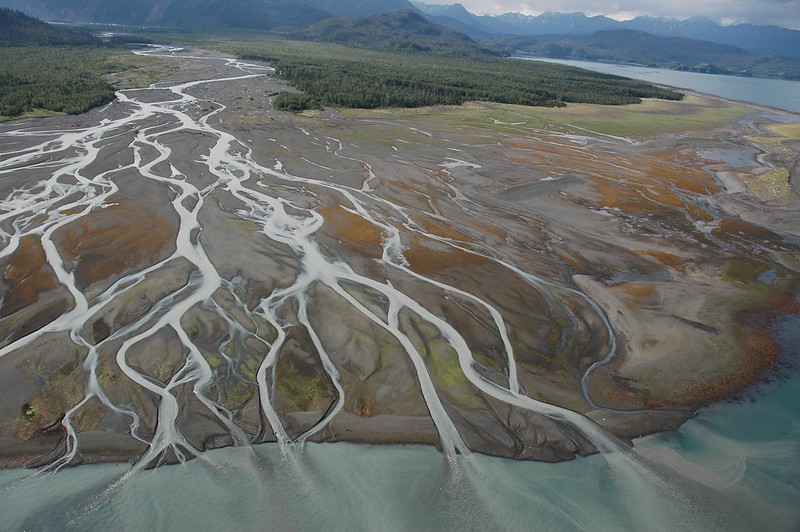Role of Genetically Modified Organisms (GMOs) in Modern Agriculture Increased Crop Yields GMOs are engineered for higher productivity.Enhanced resistance to pests, diseases, and adverse weather conditions. Pest and Disease Resistance Crops can be modified to resist specifRead more
Role of Genetically Modified Organisms (GMOs) in Modern Agriculture
Increased Crop Yields
GMOs are engineered for higher productivity.Enhanced resistance to pests, diseases, and adverse weather conditions.
Pest and Disease Resistance
Crops can be modified to resist specific pests and diseases.Reduces the need for chemical pesticides, lowering environmental impact.
Herbicide Tolerance
GM crops can be designed to withstand specific herbicides.Facilitates weed control and reduces crop damage from herbicide application.
Improved Nutritional Content
Biofortification enhances the nutritional value of crops (e.g., Golden Rice with added Vitamin A).Addresses nutritional deficiencies in developing countries.
Environmental Benefits
Reduced pesticide and herbicide use lowers chemical runoff into ecosystems.Decreased need for tilling reduces soil erosion and greenhouse gas emissions.
Economic Benefits for Farmers
Higher yields and reduced input costs can increase farmers’ profits.GMOs can contribute to food security by stabilizing crop production.Conclusion
GMOs play a crucial role in modern agriculture by increasing crop yields, reducing chemical inputs, improving nutritional content, and providing economic benefits. They contribute to sustainable farming practices and help address global food security challenges.
See less



Alluvial soil is found in India, in the northern part of India, basically in the foothills of the Himalayas. Alluvial soil is loamy, fertile, and potash-rich soil. Here are the characteristics of alluvial soil: Water retention capacity and loamy soil: The alluvial soil has a high water retention capRead more
Alluvial soil is found in India, in the northern part of India, basically in the foothills of the Himalayas. Alluvial soil is loamy, fertile, and potash-rich soil.
Here are the characteristics of alluvial soil:
Water retention capacity and loamy soil: The alluvial soil has a high water retention capacity to absorb water.
Good for agricultural use and very fertile in nature: Most of the northern area depends on agriculture due to the good fertile soil available in this area.
Formed by the deposition of rivers and wind: From the Himalayas, the hill particles come and deposit in the foothills due to deposition and weathering.
Composition: Alluvial soil is generally in the form of fine particles of sand, silt, etc, with a high quantity of potash.
Subtypes:
Bhabar: Coarse sand and gravel deposited by rivers. Generally, big particles as compared to other particles. Found in the foothills of the Himalayas.
See lessTerai: Near the foothills and lower than Bhabar with finer alluvial deposits.
Bhangar: The older alluvial soil due to the deposition of rivers; it is less fertile as compared to Khadar soil.
Khadar: The newer and more fertile soil, changes over time, and is found in floodplains of rivers and nearby the delta region.